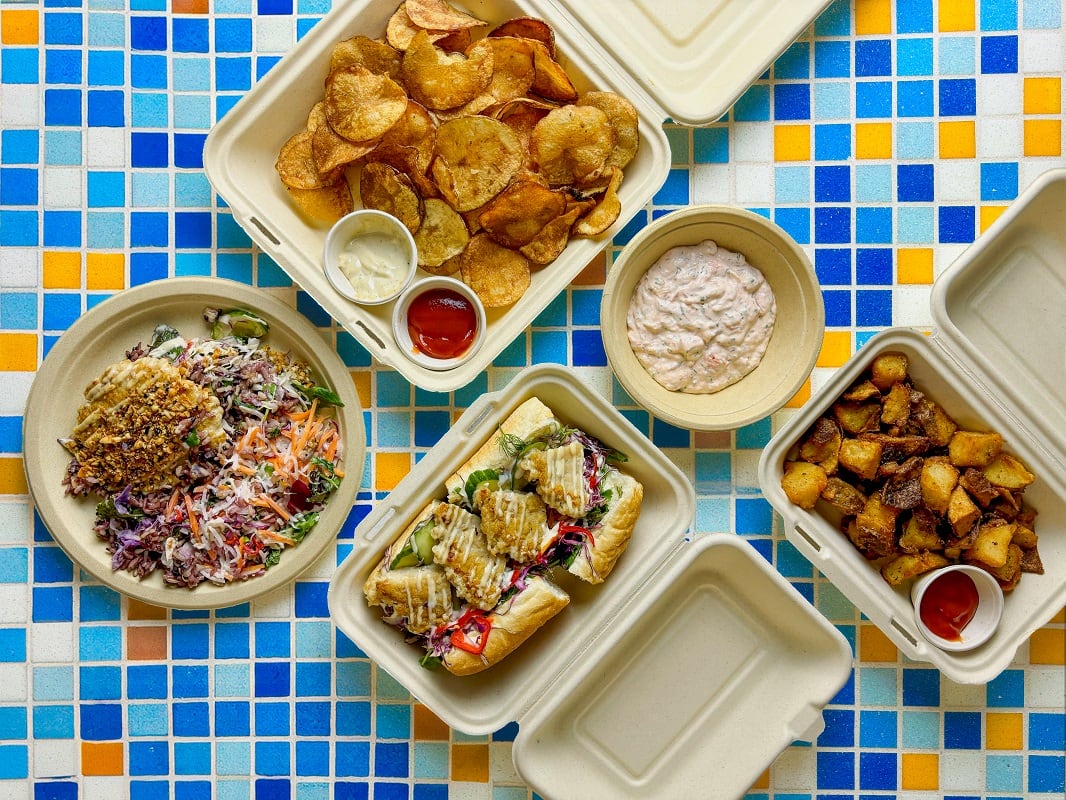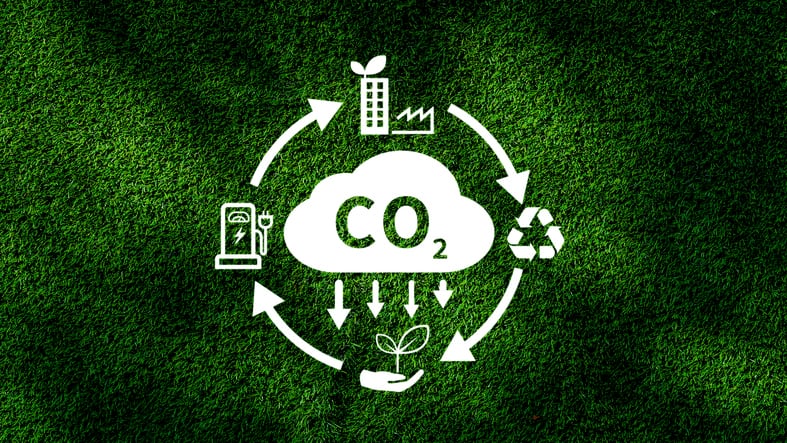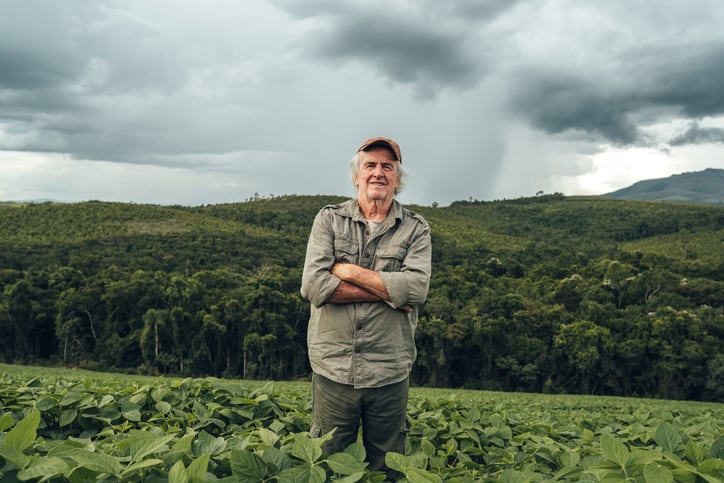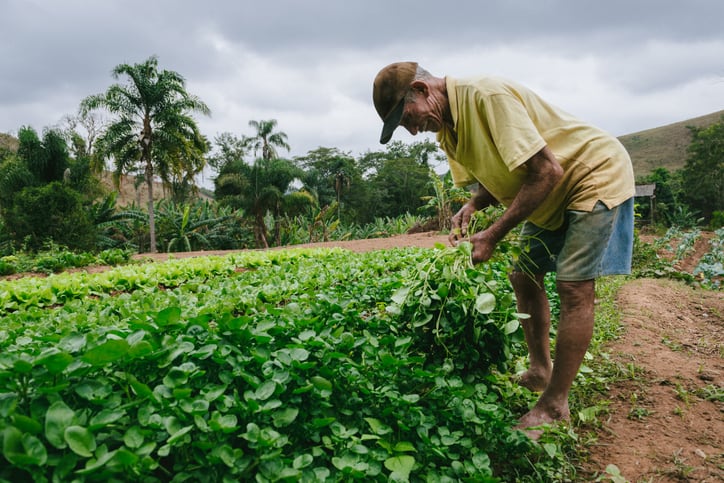The packaging line, part of Better Earth's Climate Smart Packaging programme, was created using perennial grasses such as miscanthus, switchgrass and sorghum – materials that are naturally biodegradable, meaning they can decompose and return to the environment without causing long-term pollution.
According to the company, the ingredients can improve soil health and naturally sequester carbon and also can be grown on underutilised land, helping farmers increase their income.
The programme is currently benefiting over 60 farmers in Tennessee and other Southeastern US states, with long-term contracts that help contribute to rural growth and job creation benefits.
Savannah Seydel, Better Earth Compostable Products VP of Sustainability, told AgTechNavigator that the company’s packaging ensures a closed loop system that supports a sustainable cycle of production and regeneration. This includes commercial compostability of used packaging, as well as the use of manufacturing byproducts as compost in farmers’ fields that can further enrich depleted agricultural land.
“While plastics are synonymous with a linear economy, compostables represent a clear circular solution,” she said. “Our compostable packaging is made from renewable, regenerative crops that naturally sequester carbon and enrich soil. Designed to disappear, our packaging breaks down into nutrient-rich compost, revitalising the land to help grow more nutrient-dense crops.”
Better Earth's Farmer's Fiber Collection is a line of compostable foodservice packaging made from a blend of high-yield feedstock crops, including switchgrass, sorghum, and miscanthus. “These grasses have deep root systems – up to 10-12 feet deep – that are idea for storing carbon and cycling nutrients,” said Seydel. “Thanks to minimalistic crop management, the Farmer’s Fiber agricultural process is carbon negative, meaning more than a ton of carbon is stored on every acre, every year.”
The perennial grasses are hardy in form and can be planted on under-utilized or low productivity land that typically have low to no revenue for a farm. “By planting these grasses on low quality land, farmers can reap further profit across their whole operation. And as perennials, they only have to be planted once and will continue to regrow and be harvested for more than 20 years without additional inputs.”
Is the lack of proper composting infrastructure a barrier to growth?
The foodservice packaging – which is required to break down in a commercial composting facility within 180 days or less and leave no toxicity to the soil – consist of bowls, plates and cutlery. It is the case, however, that there remains a lack of proper composting infrastructure which can limit the intended benefits of this type of packaging. “We would like to see all compostables reach their full potential in a compost pile,” said Seydel. “However, as composting infrastructure grows, compostables maintain considerable beginning of life benefits as well.”
Nonetheless, composting infrastructure is growing rapidly to meet demand. Industry research from Biocycle has identified a 49% rise in residential access to composting since 2018.
Additionally, Better Earth works in collaboration with composters to test products in partners’ piles to verify performance in real world conditions and test within different technologies and management techniques.
“Compostable packaging is more competitive than ever before thanks to continued advances in manufacturing technology and efficiencies, and growing economies of scale, as they compete against industries with a half-century head start,” said Seydel. “Wherever a slight premium remains, consumers are willing to pay. Multiple studies indicate consumers are willing to pay a premium for sustainably made products. Operators are hearing their customers and recognize that brand loyalty and awareness are worth the switch.”





